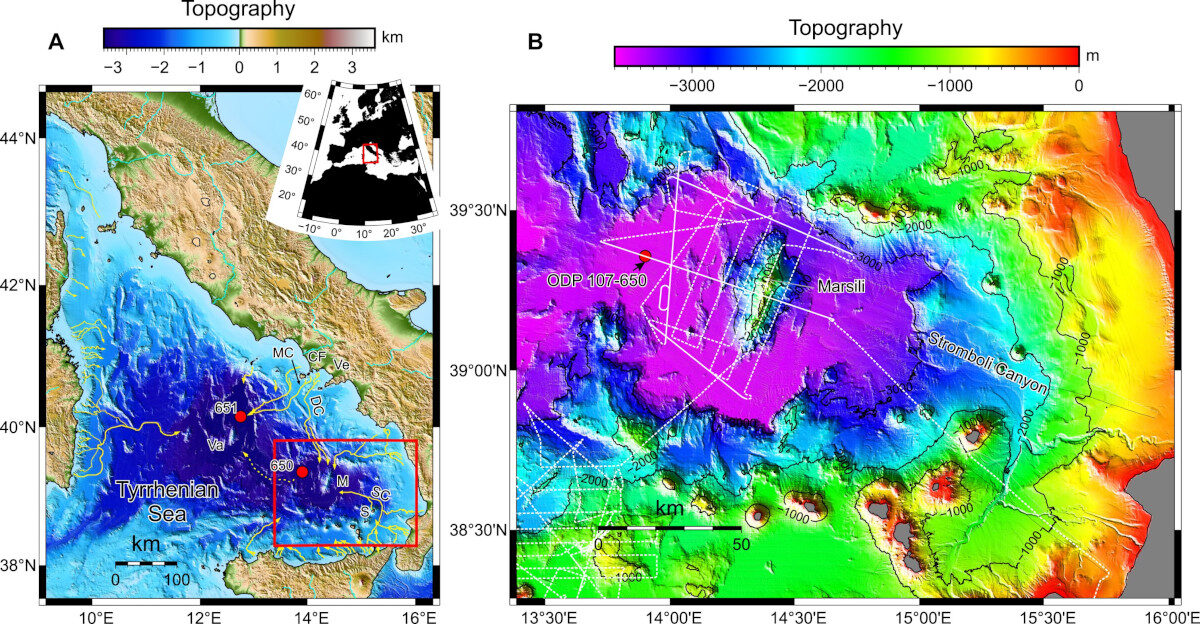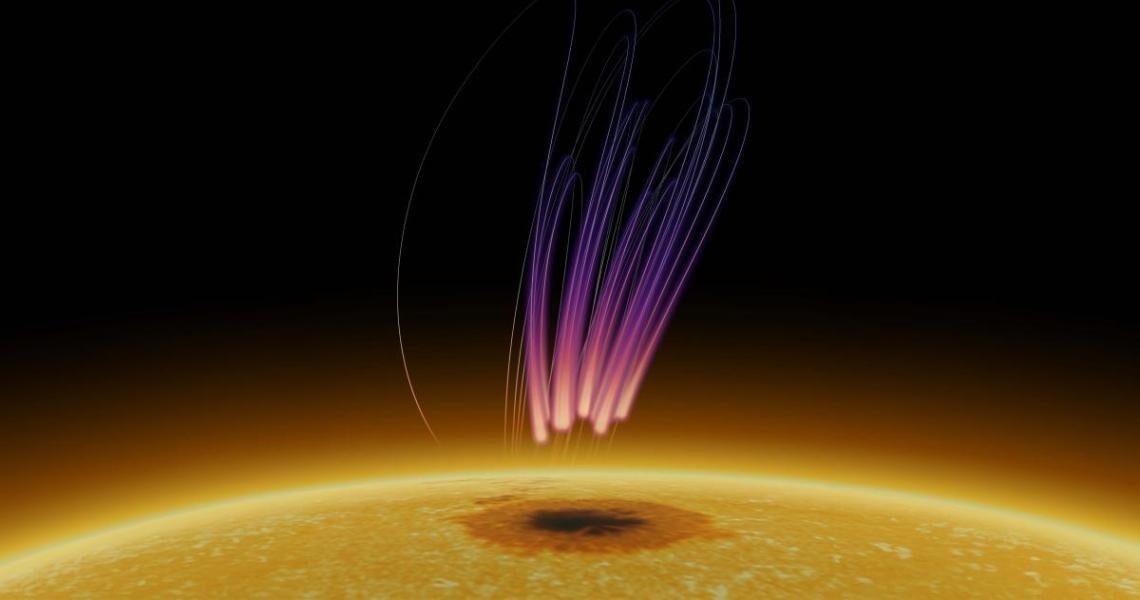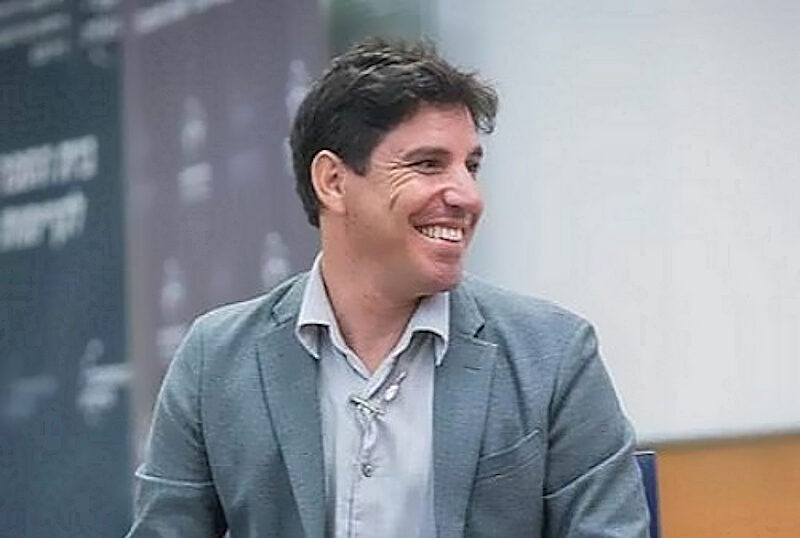OF THE
TIMES






Technology is constantly evolving, and methods aimed at bettering life are always being introduced, created and updated. This is never more true than right now, when technologies aimed at eliminating drunk driving are right on the horizon. But is everyone excited about this new step towards a DUI-free future? And is there a chance it may be less than ideal?
The system, called Driver Alcohol Detection System for Safety (DADSS), uses dual sensors located inside the vehicle to detect a person's blood alcohol count.
One sensor - the breath-based sensor, detects the alcohol molecules present in the driver's breath. The second sensor, which is the touch-based sensor, uses infrared tissue spectroscopy which measures the intensity of the light particles absorbed by alcohol. Together they work to narrow down the driver's blood alcohol content. If the driver's BAC exceeds the limit prescribed by the law, the car will automatically shut down.
Features that the inventors behind this tech plan to include would be a programmable "zero tolerance" setting for teen drivers. This would make it impossible for the car to start if there is even a trace of alcohol in the driver's system. This way, parents can feel safe when handing their keys to their teenage son or daughter. Currently, human subject testing is underway at McLean Hospital Behavioral Psychopharmacology Research Laboratory.
Would a "smart car" help us save lives and eliminate DUI arrests?
According to the NHTSA, about 28 people die every single day around the country as a result of drunk driving. That amounts to a staggering 10,000 or more people every year. Could this new technology stop these tragic deaths? Perhaps reduce the number of drunk driving accidents in our future? Save lives in Michigan and elsewhere? Possibly.
However, while many people, including the NHTSA, the U.S. Department of Transportation and members of Congress, are excited about this development, some people are unsure. Will already expensive newer cars be even pricier with this new technology? What happens if the technology malfunctions and sober drivers are stuck with cars that don't start every time? How much will this tech inside new vehicles change the cost of basic maintenance?
Those aren't the only questions. What about designated driver situations? Does the presence of a non-driving drunk person in the vehicle, whose breath could be detected by the sensor, increase the risk of the vehicle refusing to start for a sober designated driver? Only time will tell whether or not this technology is as accurate, and as ethical, as early reports are claiming.
Comment: See also: Something Wicked This Way Comes